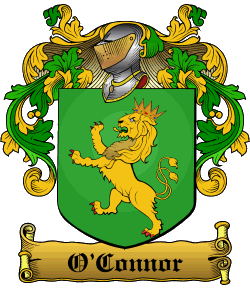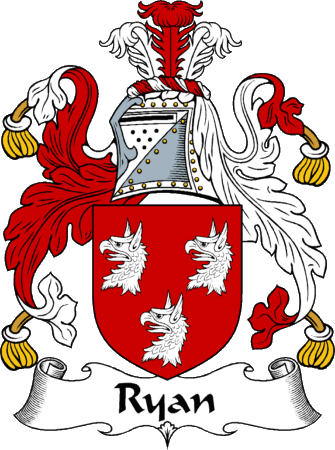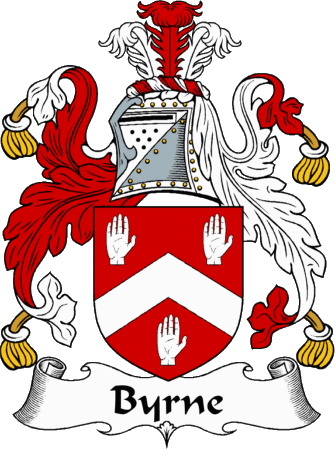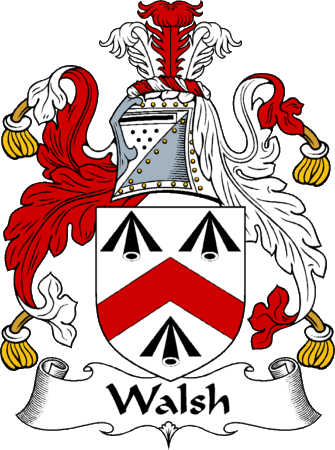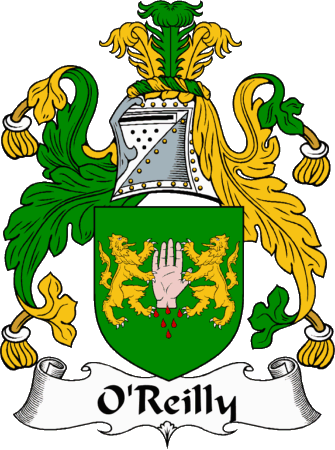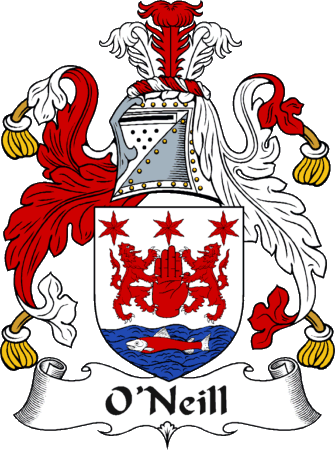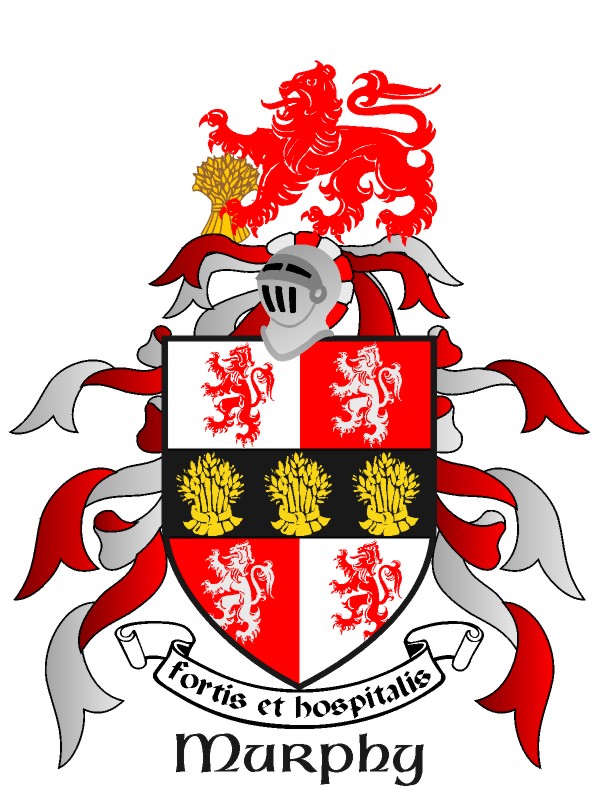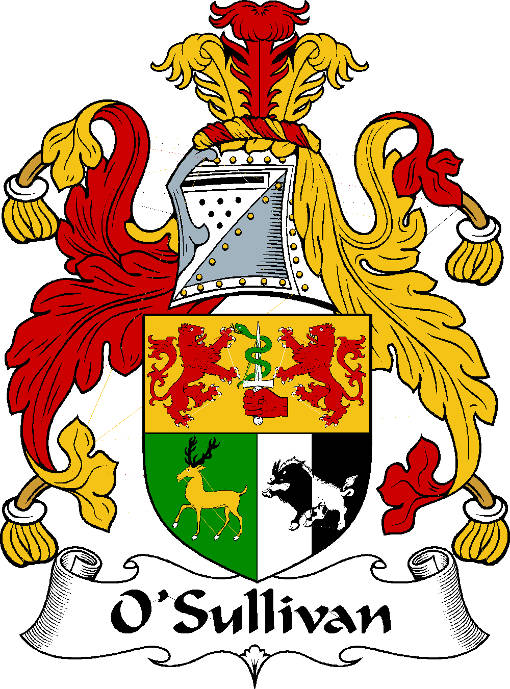Irish Surname - Farrell
The name O'Farrell in Ireland is derived from the Gaelic
'O'Fearghail' meaning 'man of valour'.
This surname is among the fifty most commonly found in Ireland
with the largest concentration in their historical homeland
of Longford and the surrounding areas.
'O'Fearghail' meaning 'man of valour'.
This surname is among the fifty most commonly found in Ireland
with the largest concentration in their historical homeland
of Longford and the surrounding areas.
The O'Farrells were lords of Annaly near Longford
and their chief, known as Lord of Annaly,
resided at Longphuirt
Ui Fearghaill (O'Farrell's fortress)
from which the name of County
Longford derives. The O'Farrell sept was so important
that much space is accorded to them
in the "Annals of the Four Masters".
There were two main branches of the O'Farrells, the chiefs
who were referred to as O'Farrell Boy from
"buidhe" meaning yellow or golden,
and O'Farrell Bane from "bán" meaning fair or white.
The first recorded spelling of the family
name is shown to be that of Father
Richard O'Farrell, which was dated c1615-1663,
Annaly, County Longford, during the reign of King
James 1 of England and V1 of Scotland, 1603-1625.
Many of the O'Farrells of Annaly
took an active part in Irish resistance to
English aggression. One of the O'Farrells of
Annaly, Ceadagh O'Ferrall was killed at the
Battle of the Boyne in 1691, and three of his
sons distinguished themselves as officers
of the Irish Brigades in France, where some
of the family settled in Picardy.
Famous People
In the field of politics Richard More O'Ferrall
(1797-1880) was a prominent supporter
of Daniel O'Connell. Sir Thomas Farrell (1827-1900)
was a famous sculptor, many of whose statues adorn the city
of Dublin. In 1709 Roger O'Ferrall compiled one of the
best known Irish genealogical manuscripts,
"Linea Antiqua" now in the Genealogical Office in Dublin.
and their chief, known as Lord of Annaly,
resided at Longphuirt
Ui Fearghaill (O'Farrell's fortress)
from which the name of County
Longford derives. The O'Farrell sept was so important
that much space is accorded to them
in the "Annals of the Four Masters".
There were two main branches of the O'Farrells, the chiefs
who were referred to as O'Farrell Boy from
"buidhe" meaning yellow or golden,
and O'Farrell Bane from "bán" meaning fair or white.
name is shown to be that of Father
Richard O'Farrell, which was dated c1615-1663,
Annaly, County Longford, during the reign of King
James 1 of England and V1 of Scotland, 1603-1625.
took an active part in Irish resistance to
English aggression. One of the O'Farrells of
Annaly, Ceadagh O'Ferrall was killed at the
Battle of the Boyne in 1691, and three of his
sons distinguished themselves as officers
of the Irish Brigades in France, where some
of the family settled in Picardy.
(1797-1880) was a prominent supporter
of Daniel O'Connell. Sir Thomas Farrell (1827-1900)
was a famous sculptor, many of whose statues adorn the city
of Dublin. In 1709 Roger O'Ferrall compiled one of the
best known Irish genealogical manuscripts,
"Linea Antiqua" now in the Genealogical Office in Dublin.
